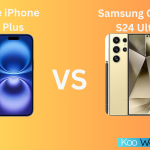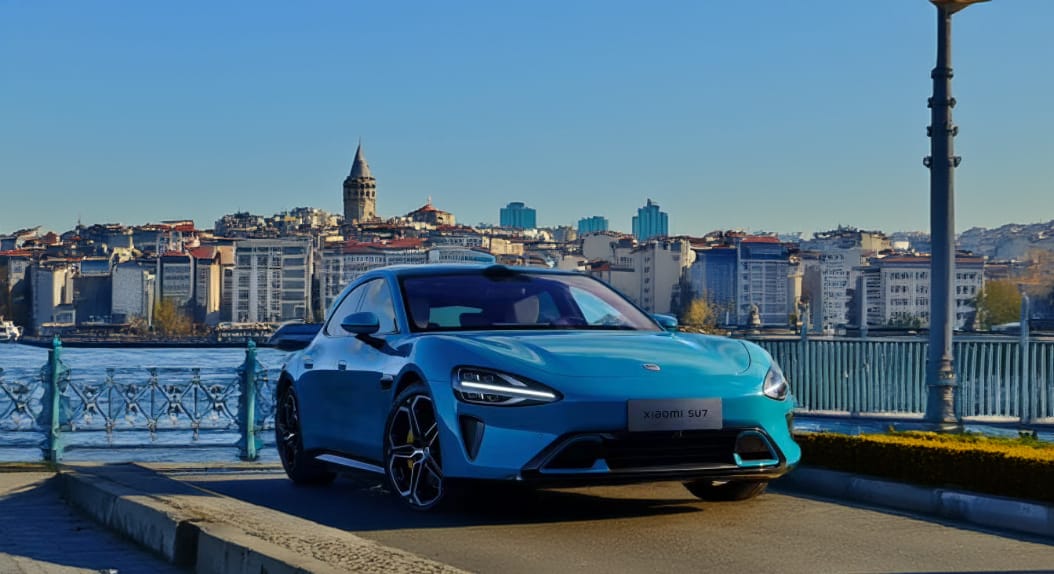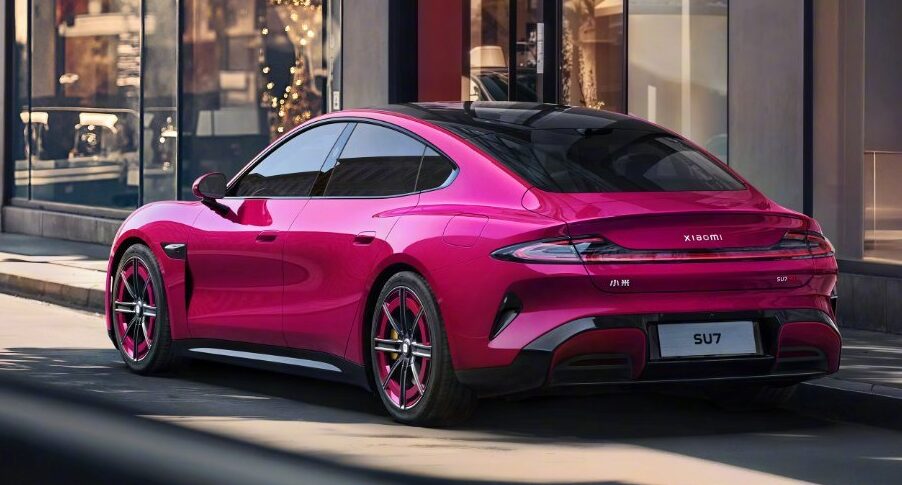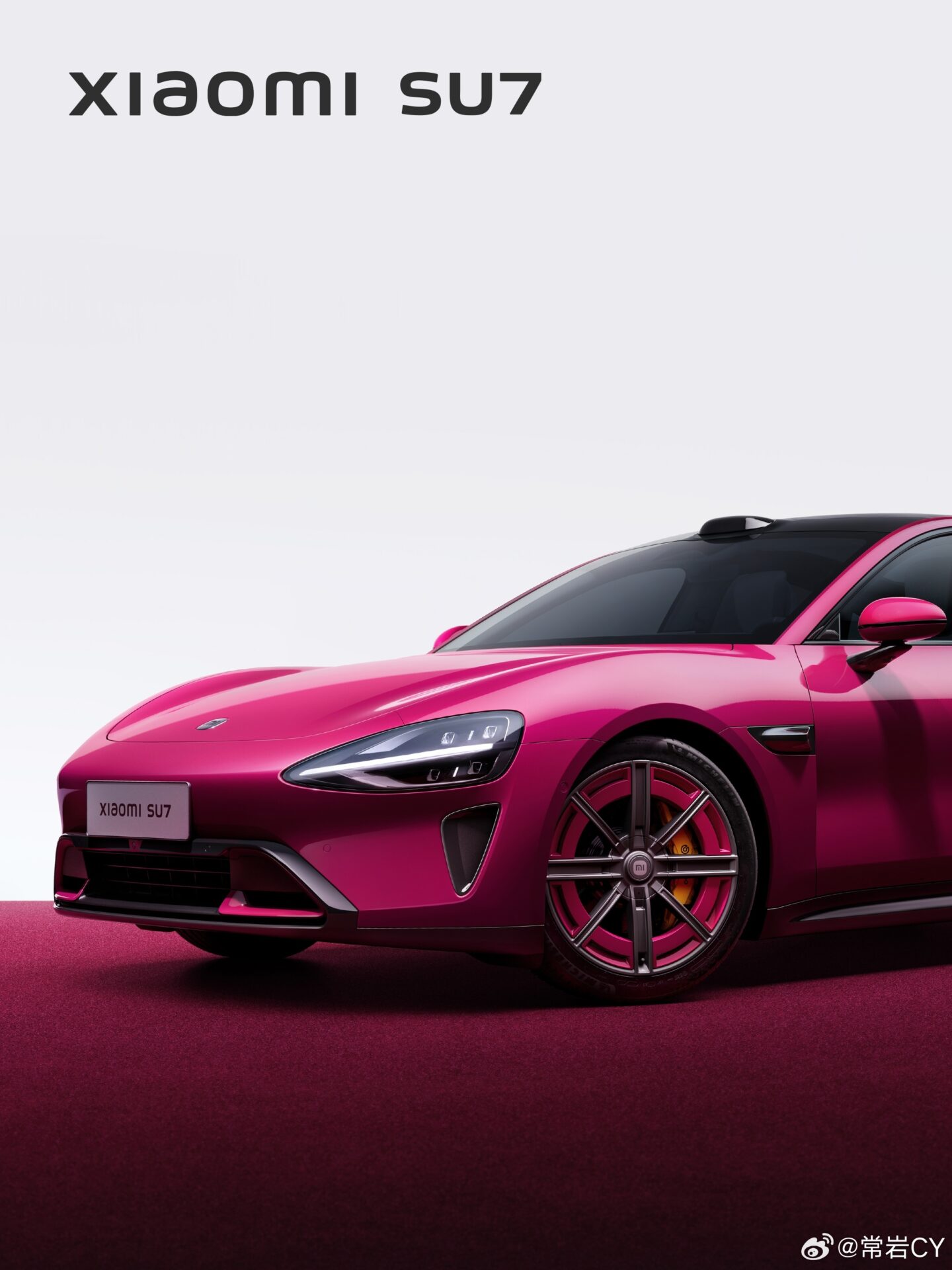On January 15, CNEVPOST reported that Goldman Sachs raised the sales forecast for Xiaomi’s electric vehicle business as it succeeded in its accelerating demand and the improved estimate of production capacity. This indeed underlines growing optimism in Xiaomi’s foray into automotive and the strategic roadmap ahead that will lead the EV sector.
Key Highlights from the Goldman Sachs’ Report
1. Revised Sales Forecasts
Analysts led by Timothy Zhao at Goldman Sachs also increased EV sales estimates for Xiaomi:
- 2025 Forecast: Raised from 290,000 to 350,000 units, up 21% above current market consensus.
- 2026 Forecast: Went up from 480,000 to 655,000 units, a rise of 48%.
2. Valuation and Market Position
- The enterprise value of Xiaomi’s EV business is pegged at about RMB 272 billion.
- High: The projected market value-to-sales ratio is 1.7 times over the next 12 months, against competitors such as Ideal Auto, Xpeng Motors, and NIO, at an average of 1.0 times.
Goldman Sachs still views the premium as deserved, because it ascribes Xiaomi’s pioneering spirit and/or a hero-product strategy with flagships, such as the just-announced Xiaomi SU7, for example, to continued profitability and uptakes in the market.
3. Financial Outlook
It said the smart EV business of Xiaomi was projected to post a non-IFRS operating loss of RMB 6.8 billion in 2024, narrowing to less than RMB 4 billion in 2025.
- Profits are expected by 2026, while Xiaomi scales up operations and optimizes its cost structure. R&D investment in EVs and related new businesses will reach RMB 13 billion in 2025, up by RMB 3.3 billion compared to 2024.
4. Delivery Targets Lei Jun, its founder, told New Year’s Eve activities that Xiaomi wants to :
- Deliver over 135,000 vehicles in 2024.
- Delivery target of 300,000 vehicles in 2025.
These figures are also in line with upward revisions by Goldman Sachs and underpin Xiaomi’s commitment to rapid scaling and innovation in its automotive division.
Goldman Sachs’ optimism on Xiaomi reflects good strategic execution on the part of Xiaomi and robust demand for its EV lineup. With a pretty clear roadmap, substantial R&D investments, and ambitious delivery targets, it looks like it is all-set to give a strong fight to established players like Tesla, NIO, and BYD in the fast-evolving electric vehicle marketplace. With an increasingly rich portfolio supported by successful flagships, like the Xiaomi SU7, those will be very instrumental in consolidating further growth until the year 2026.


HyperOS Downloader
Easily check if your phone is eligible for HyperOS 2.0 update!







